KP14
EST:
Ülikooli raamatukogu ja Laine Peebu tamm, W. Struve 1
Ülikooli raamatukogu uus maja ehitati aastail 1975–1980. Seejärel asuti mitmes hoones paiknenud raamatuvara sinna kolima ning 22. veebruaril 1982 toimus arhitektide Kalju Valdre ja Mart Kallingu projekteeritud uusfunktsionalistlikus stiilis hoone pidulik avamine. Kogud, töötajad ja lugejad olid taas ühe katuse all.
Lugemissaalide ja tööruumide mööbel oli kujundatud ja valmistatud spetsiaalselt uue raamatukogu jaoks ning koos interjööriga moodustas see läbimõeldud terviku. Toonase Nõukogude Liidu moodsaim raamatukogu pälvis tähelepanu ka piiri taga. Maja sisekujunduses on tänapäevani säilinud hoone avamisajast pärit elemente, nt kuplikujulised laeaknad, pruunid puitpaneelid lugemissaalide välisseintes, suur lühter fuajees trepi kohal ja konverentsisaali seinagobelään. 2017. aastal tunnistati hoone kultuurimälestiseks.
Hoone valmimisel oli suuri teeneid raamatukogu direktoril Laine Peebul (1932–2001), kes juhtis ülikooli raamatukogu aastail 1962–1990. 2002. aastal, raamatukogu 200. aastapäeva puhul istutati raamatukogu ette kaks püramiidtamme, üks neist Laine Peebu mälestuseks.
Allikad
Veebinäitus „Unistusest reaalsuseks“; https://utlib.ut.ee/kogud/omeka-s/s/tyr/page/welcome
M. Müüripeal, Laine Peep: direktriss. – Raamatukogu 1917, nr 1, lk 18–19; https://dea.digar.ee/article/AKraamatukogu/2017/02/0/8.1.30450 Tartu Ülikooli raamatukogu. Kultuurimälestiste register; https://register.muinas.ee/public.php?menuID=monument&action=view&id=30450
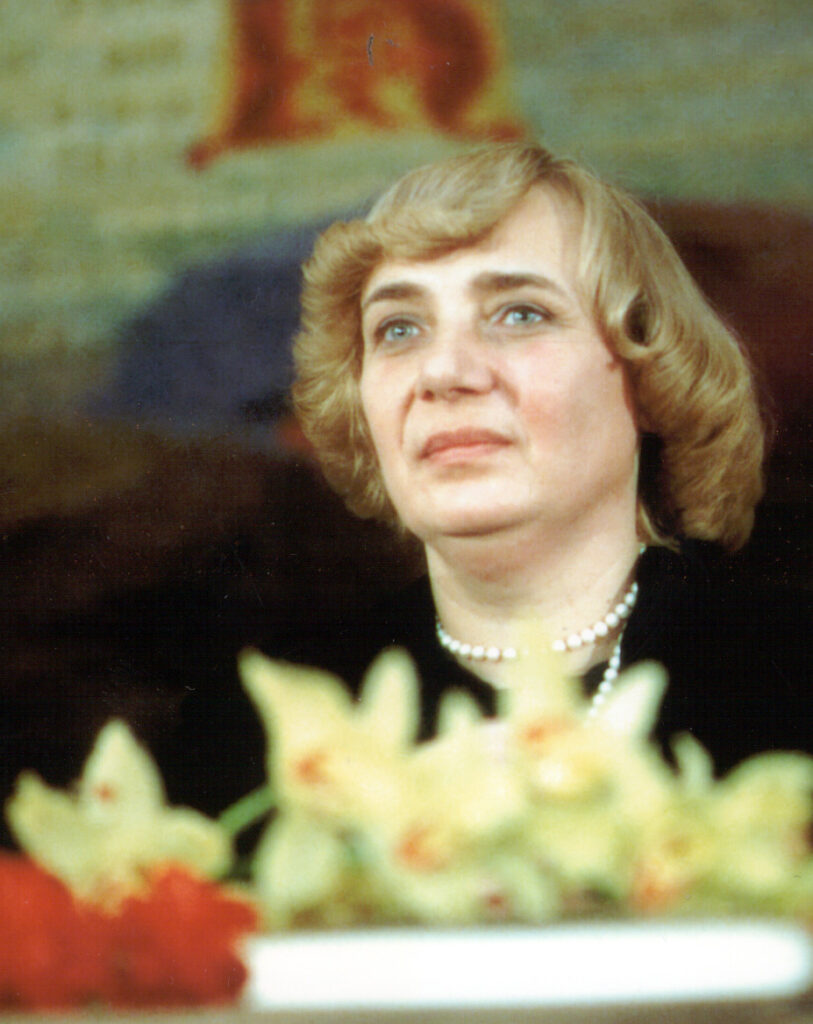
TÜ raamatukogu fotokogu
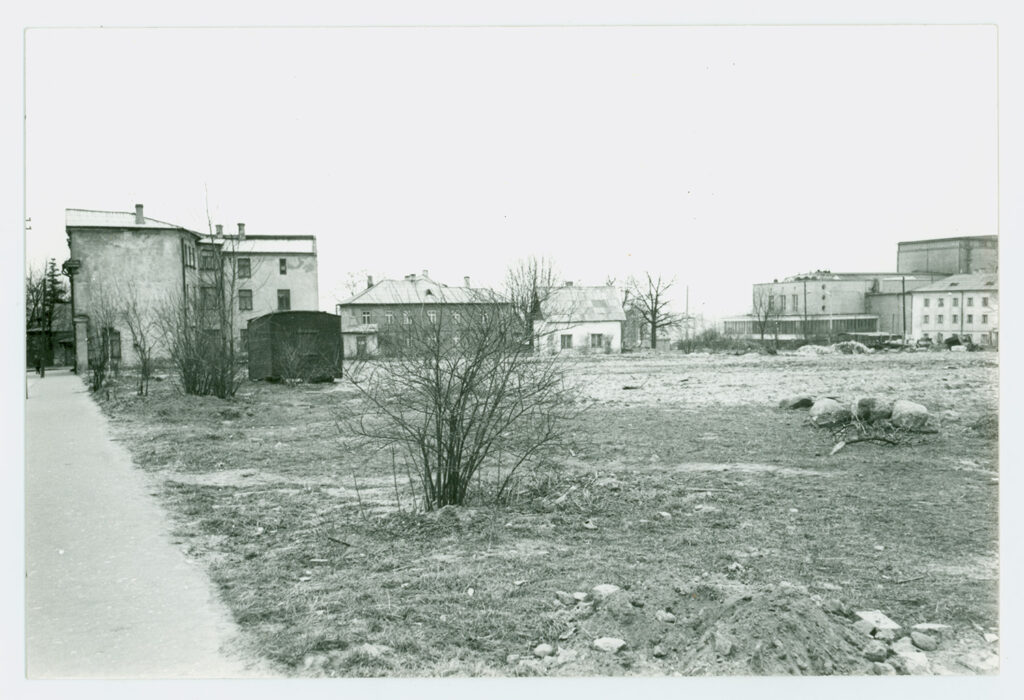
A. Kääri, TÜ raamatukogu fotokogu
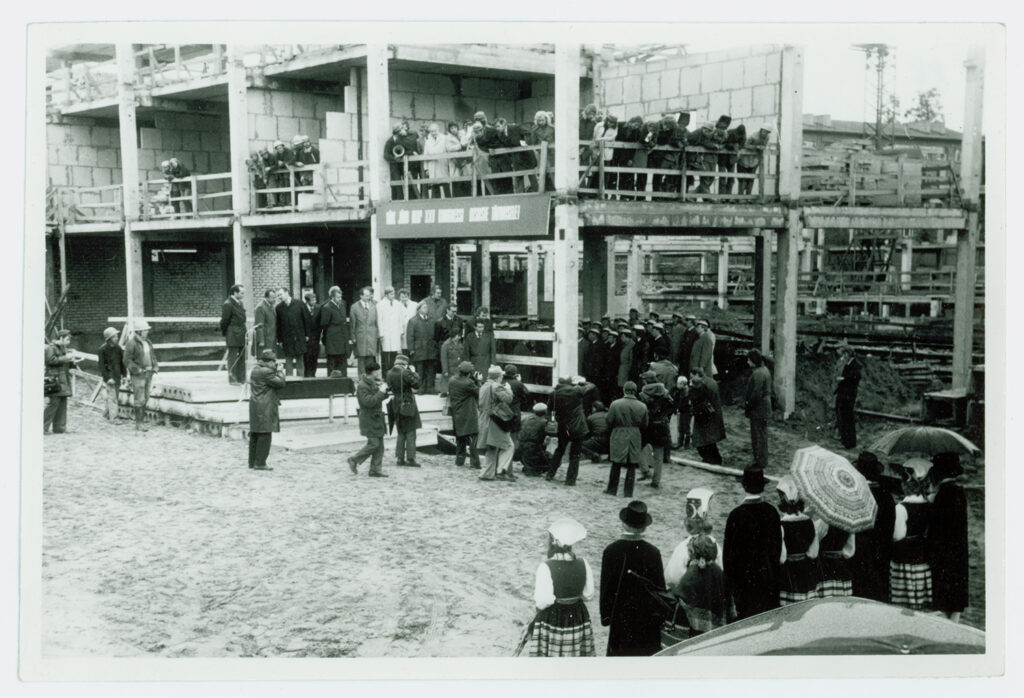
TÜ raamatukogu fotokogu
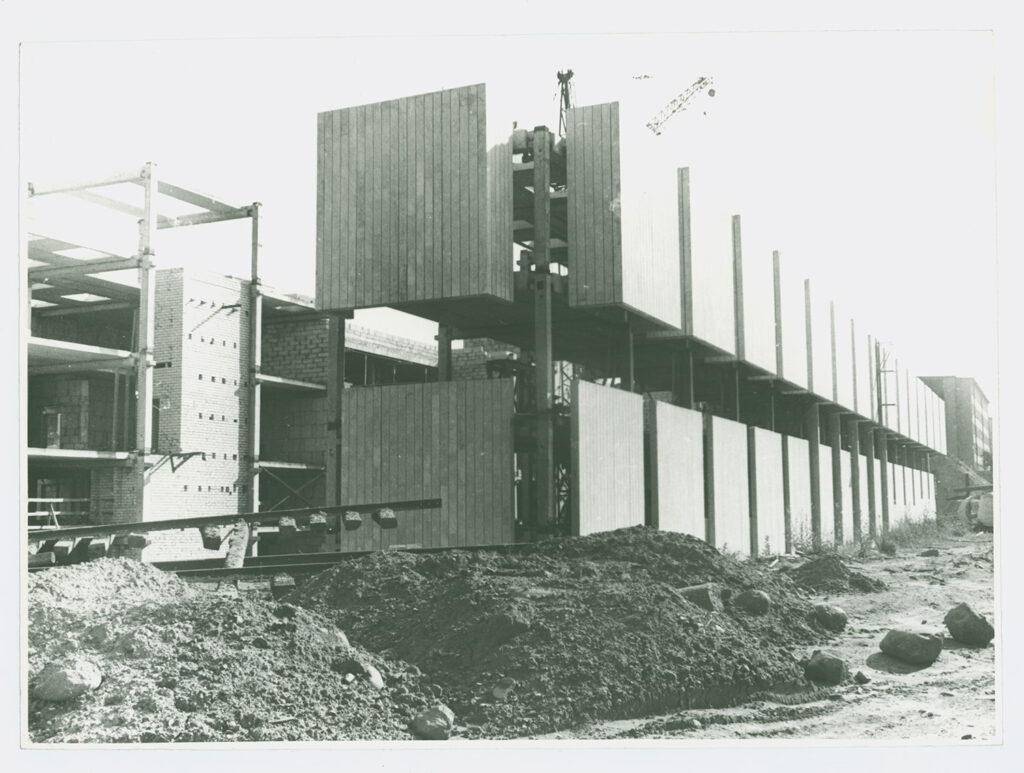
A. Kääri, TÜ raamatukogu fotokogu
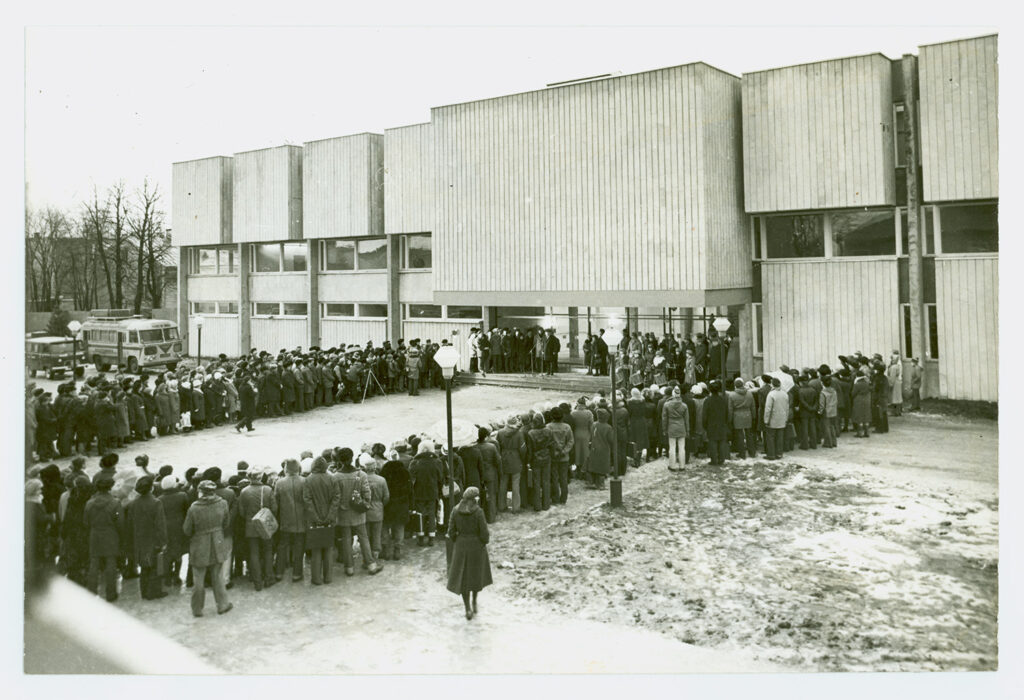
Eduard Sakk, TÜ raamatukogu fotokogu
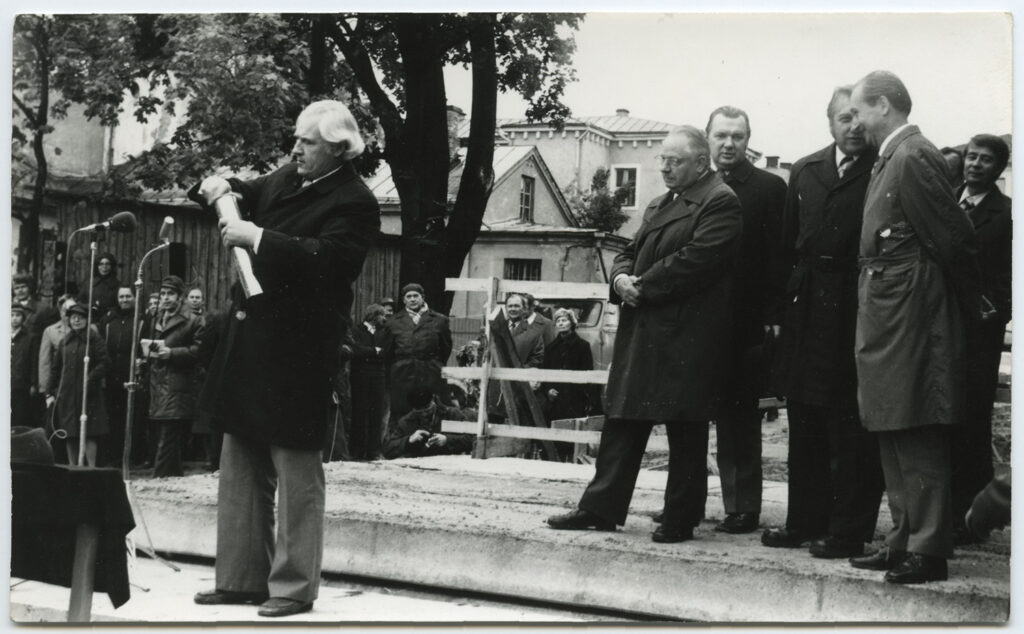
TÜ raamatukogu fotokogu
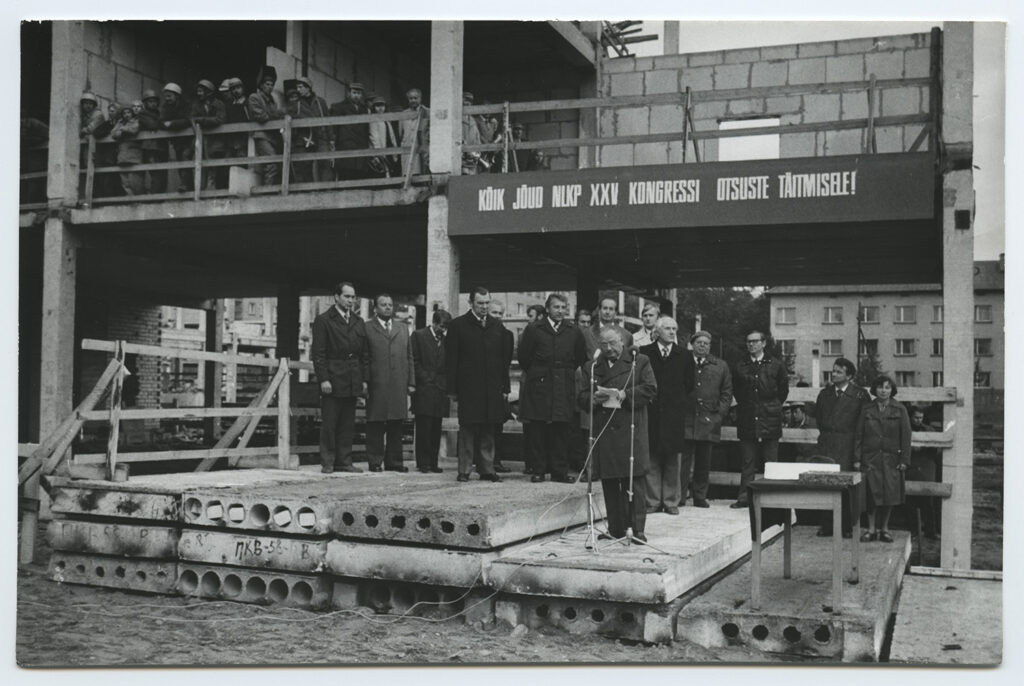
TÜ raamatukogu fotokogu
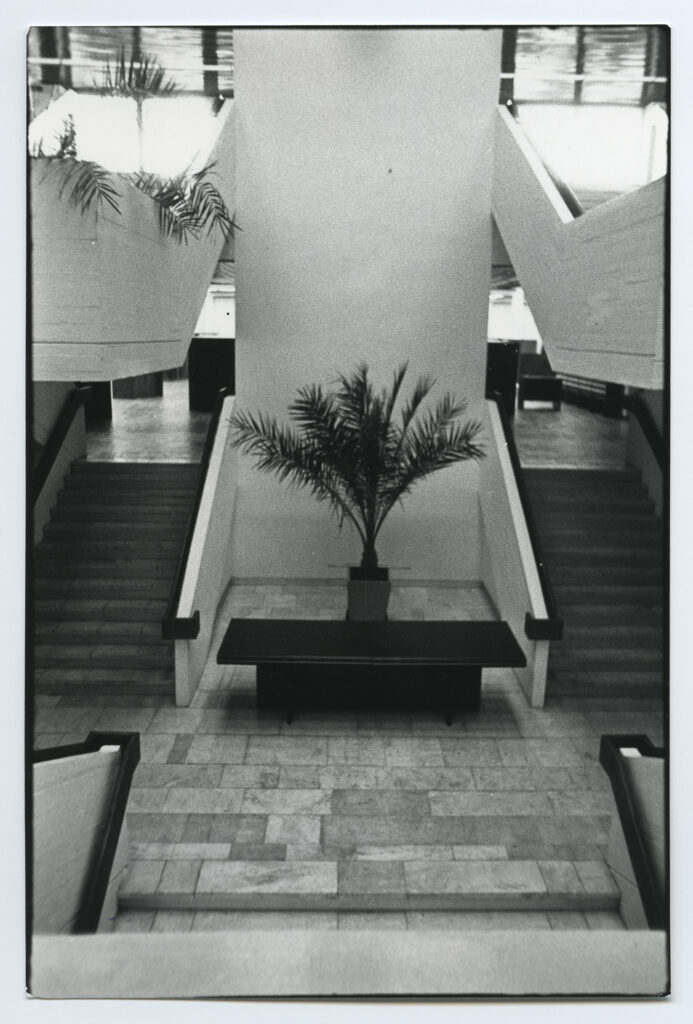
TÜ raamatukogu fotokogu
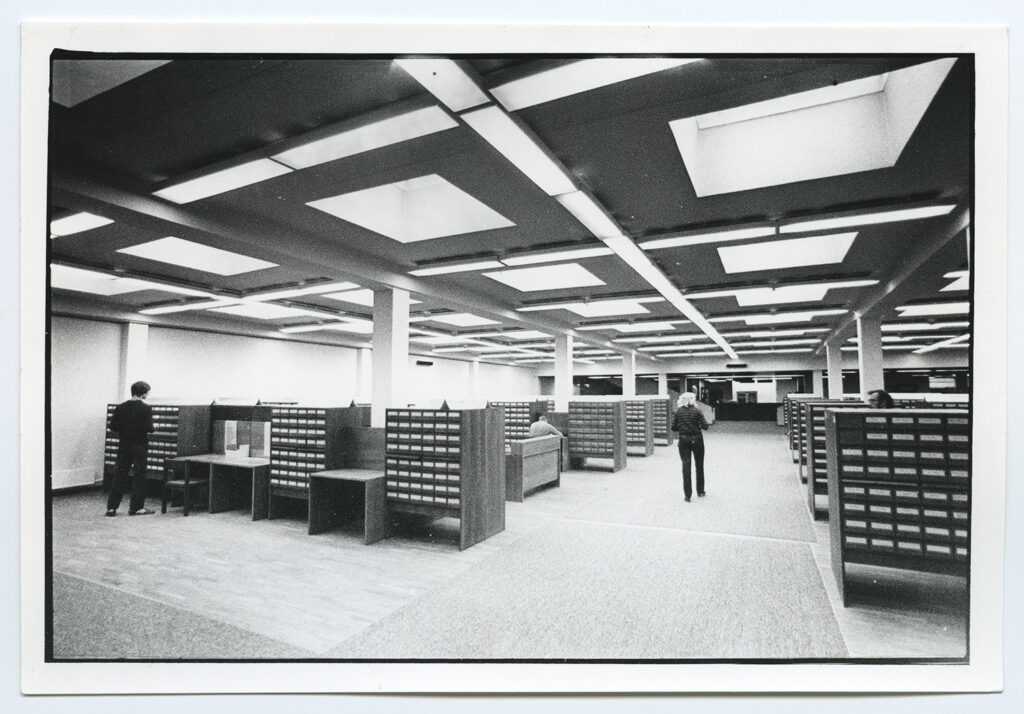
TÜ raamatukogu fotokogu
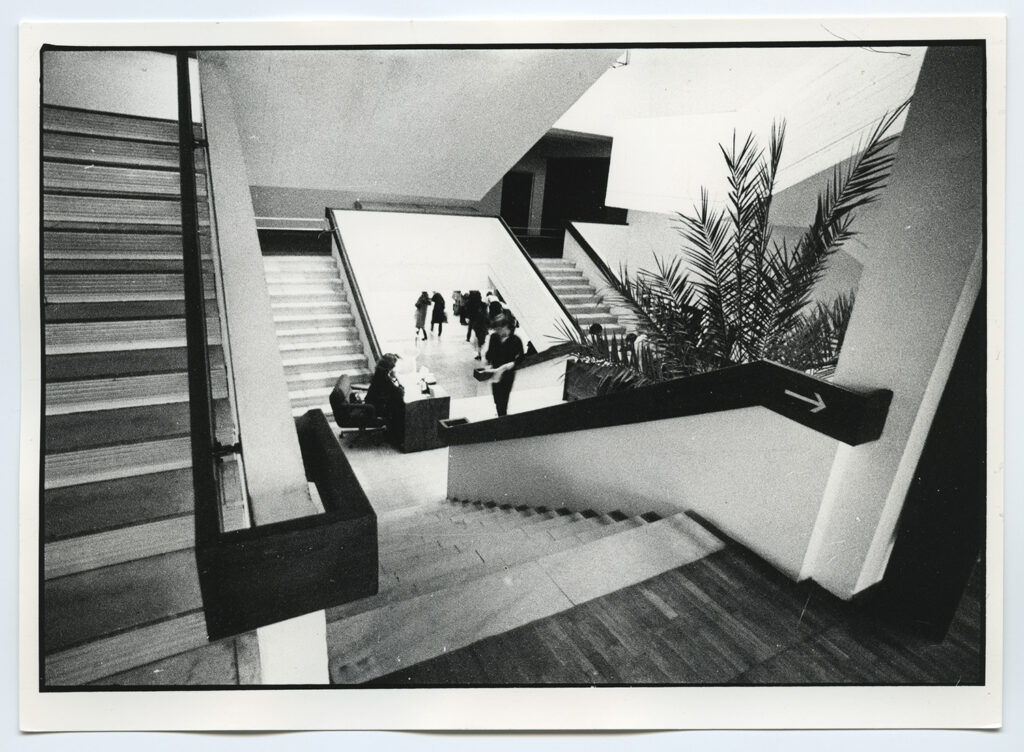
TÜ raamatukogu fotokogu

ENG:
University library and Laine Peep’s oak, W. Struve 1
The university library’s new building was constructed in 1975–1980. After that, library books were moved from several buildings into the new one, and the festive opening of the New Functionalist building designed by architects Kalju Valdre and Mart Kalling took place on 22 February 1982. The collections, staff and readers were again under the same roof.
The furniture of the reading and working rooms had been specifically designed and made for the new library, and together with the interior, formed a well-balanced whole. As the most modern library of the Soviet Union at the time, the building also attracted attention abroad. Some elements of the original interior design have been preserved in the building to this day: for example, the domed skylights, the brown panelling on the external walls of reading halls, the large chandelier in the lobby above the stairs, and the wall tapestry of the conference hall. In 2017, the building was listed as a cultural monument.
Laine Peep (1932–2001), who was the director of the university library from 1962 to 1990, had a great part to play in the completion of the building. On the 200th anniversary of the library in 2002, a pyramid oak tree was planted to the right of the front entrance of the library in the memory of Laine Peep. The oak planted to the left of the front door is dedicated to Friedrich Puksoo, the director of the library in 1920–1944.
Sources
Online exhibition „Unistusest reaalsuseks“; https://utlib.ut.ee/kogud/omeka-s/s/tyr/page/welcome
M. Müüripeal, Laine Peep: direktriss. – Raamatukogu 1917, nr 1, pp 18–19; https://dea.digar.ee/article/AKraamatukogu/2017/02/0/8.1.30450 Tartu Ülikooli raamatukogu. Kultuurimälestiste register; https://register.muinas.ee/public.php?menuID=monument&action=view&id=30450

A. Kääri, UT Library photo collection

UT Library photo collection

A. Kääri, UT Library photo collection

Eduard Sakk, UT Library photo collection

UT Library photo collection

UT Library photo collection

UT Library photo collection

UT Library photo collection

UT Library photo collection

UT Library photo collection


